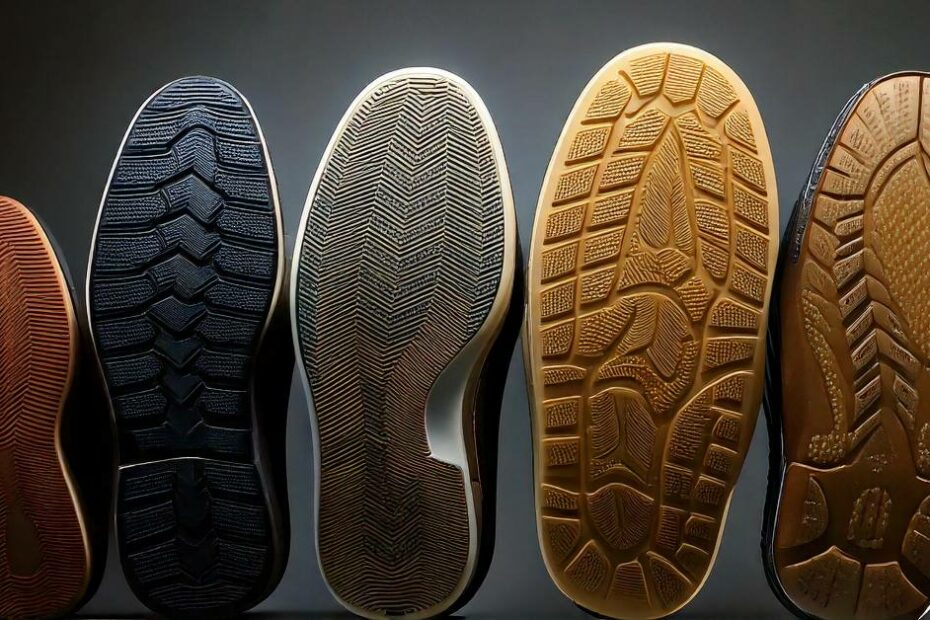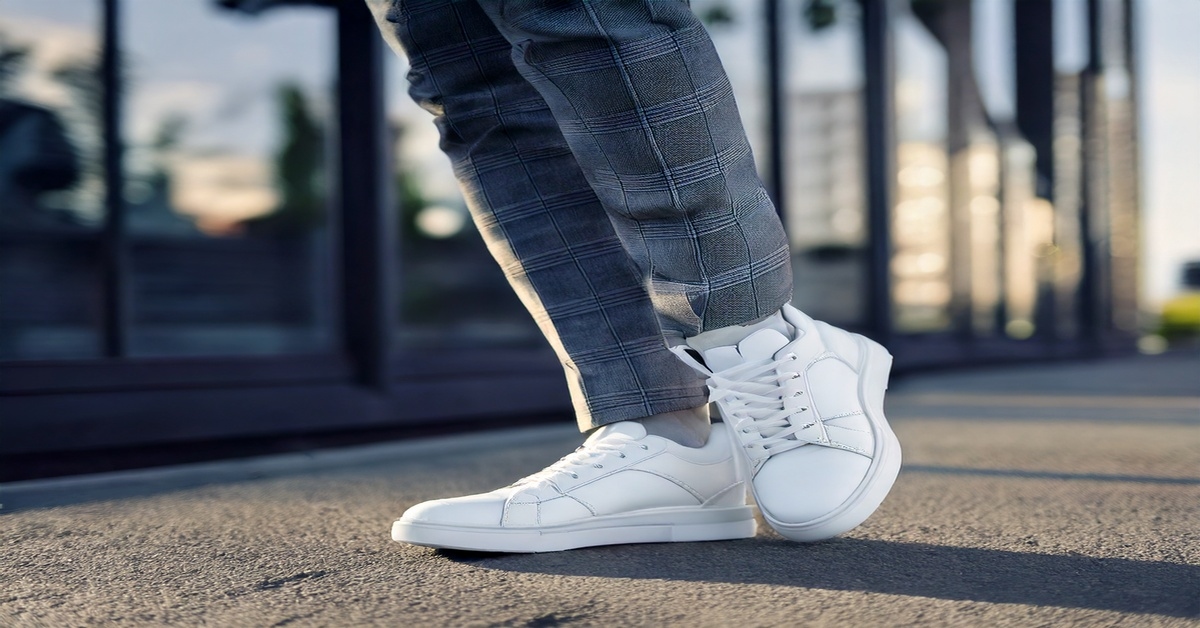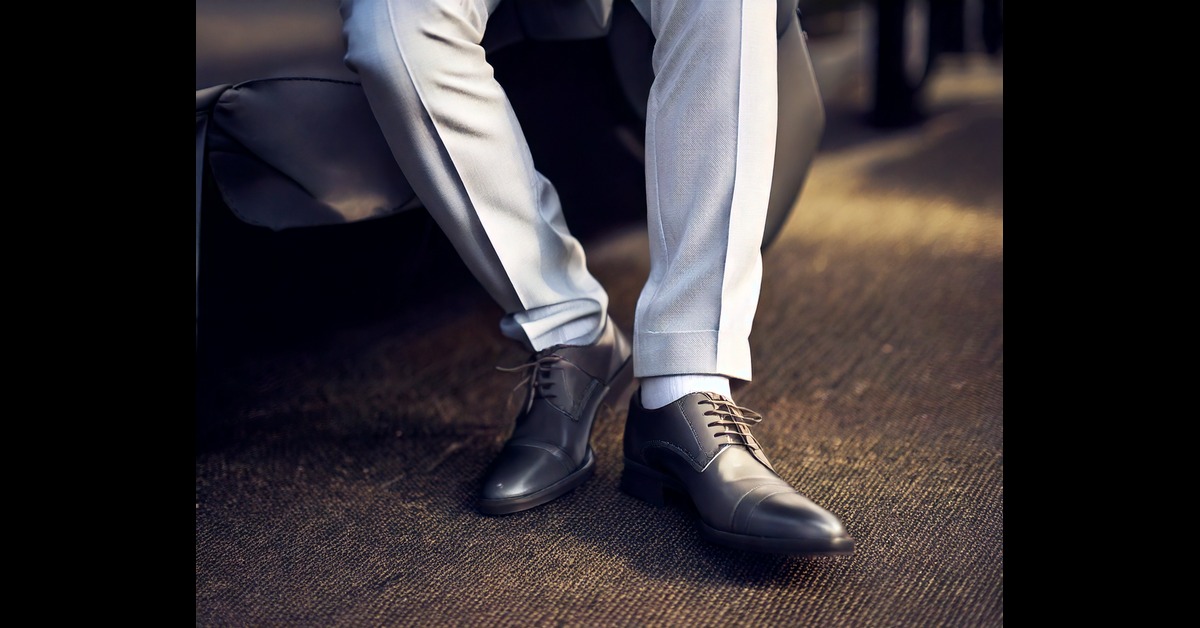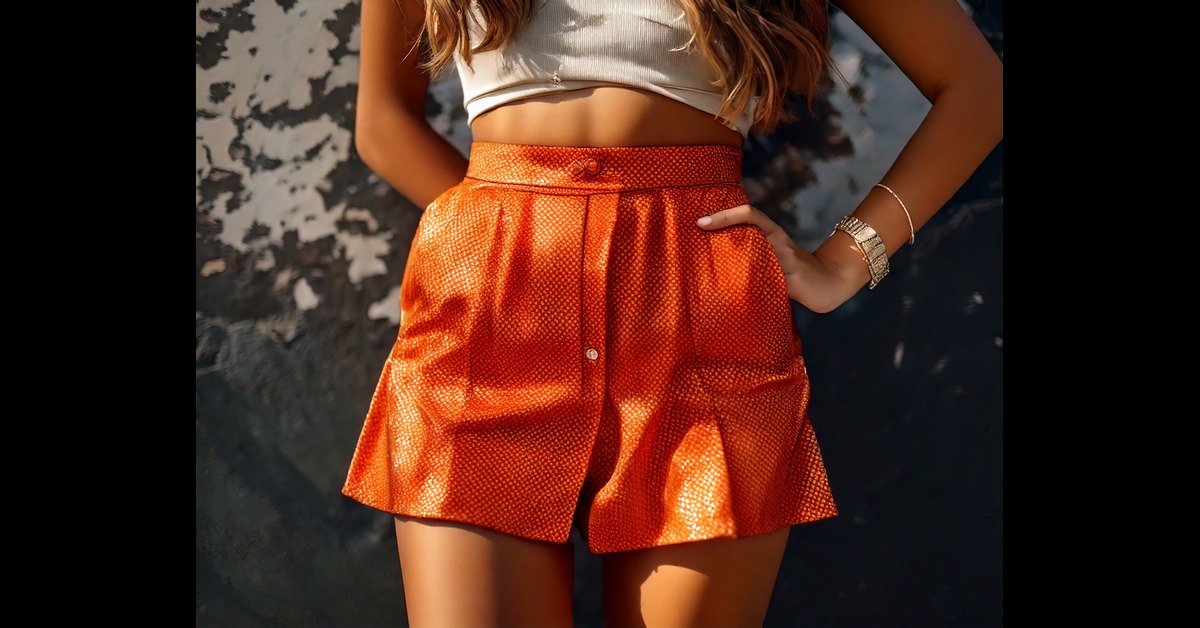When we discuss shoes, we all too often fixate on the uppers, the quality of the leather, or the chic shape. The real superhero is buried right under your feet, though. We’re discussing the kinds of shoe soles—those underpinning every movement you make—that support you rest fairly. Knowing what the soles of shoes are made of and how they impact comfort, style, and longevity is a game-changer, regardless of whether you are a boot aficionado, a sneakerhead, or a dress shoe fan.
It’s time to take a second look below in a society where beauty meets function.
What To Expect In This Article?
Why Shoe Soles Matter More Than You Think
Shoe soles are not simply utilitarian; they are transformative. The only real part of footwear that affects your gait, stance, and even depression (yes, uncomfortable shoes may ruin your entire day). From the pavement to the boardroom, the soles of the shoes determine your activity and emotional state.
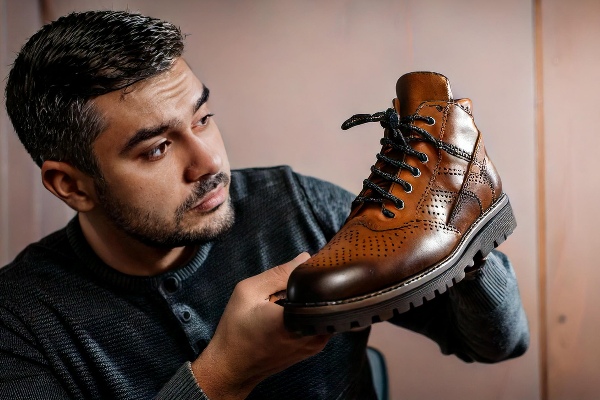
In addition to comfort, shoe sole building methods have serious technical aspects. Each sole is deliberately crafted for fashion appeal, weather, softness, or traction.
Types of Shoe Soles Commonly Used
The different types of soles are discussed below:
1. Rubber Soles
Humans are fond of rubber soles due to their grip, resilience, and weather resistance. They are usually found in casual shoes, workwear, and many types of sneakers. People who lead an active lifestyle or who prefer low-maintenance footwear tend to opt for rubber due in part to its sole use as a resilient and elastic material.
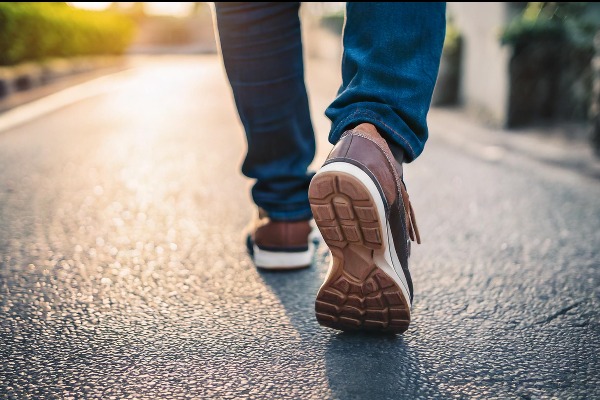
Looking for more traction? Choose a lug sole—a thick rubber outsole with deep ridges ideal for hiking boots or rough urban wear.
2. Leather Soles
A combination of grace and tradition – leather soles are a defining feature of good quality shoes, especially men’s leather shoes. Leather soles are breathable and offer a streamlined shape, thus suited for dress shoes used in professional or formal places.
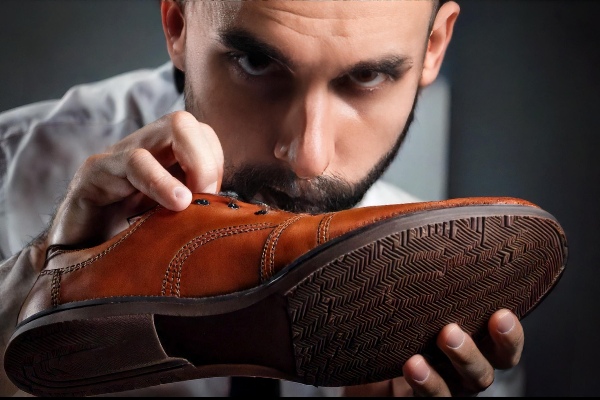
But what’s the age-old issue: leather soles vs. rubber soles? Leather takes it on looks and tradition; rubber takes it on convenience and long lifespan. Most contemporary shoemakers these days attempt to find the best of both worlds, so you get the advantage of both worlds.
3. EVA Soles
EVA soles, short for the form of ethylene-vinyl acetate, are light, elastic, and shock-absorbing and, therefore, ideal for running shoes, travel shoes, and sneakers. Because they absorb impact, they are among the most comfortable types of soles for comfort.
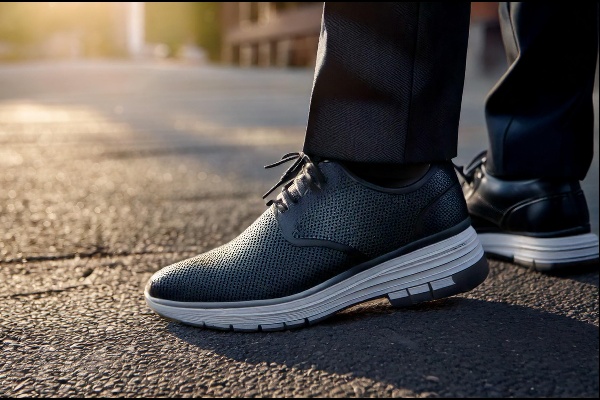
They can also be spotted in hybrid footwear, such as dress shoes with sneaker soles that mesh polish with convenience—perfect for workday overtime or urban commuting.
4. Crepe Rubber Soles
Crepe rubber soles comprise a springy, cushioned feel and are manufactured of natural coagulated latex. These soles are commonly used in desert boots and traditional styles. They add a rugged charm to casual shoes but do not do well under wet or oily conditions.
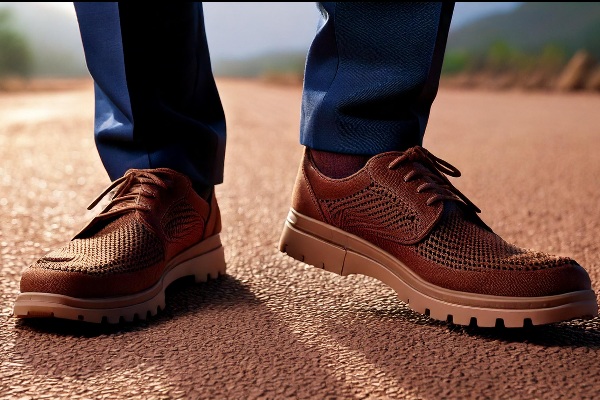
Nonetheless, crepe soles give character to a boho style or urban dry wear. Since they are more prone to dust, make sure to keep them clean.
5. Composite Soles
These are technologically constructed soles made up of such materials as rubber, polyurethane, cork, or plastic. Consider them tailored solutions for those who require individual performance characteristics—lightweight, traction, or fashion. Composite soles appear in anything from running shoes to high-end leisure boots.
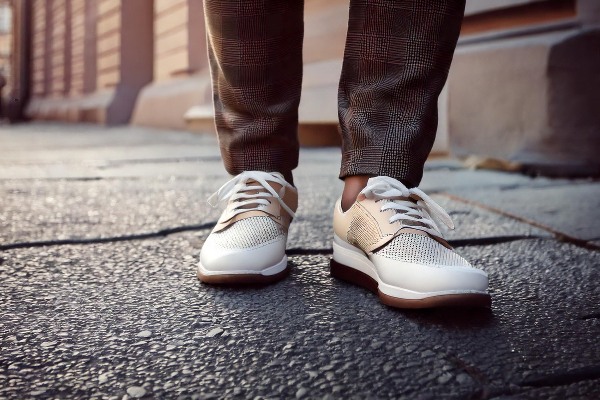
Seeking lightweight shoe soles with no compromise on support? Composite designs could be your closest companion.
Specialty Soles and Niche Styles
Now, let’s explore those standout soles that serve more than just everyday walking.
Shoes with Wooden Soles
Shoes with wooden soles are commonly found in artisanal or high-fashion-inspired couture. Wood soles are fashionable in clogs or platform sandals and provide durability and a sculptural, cutting-edge appearance.
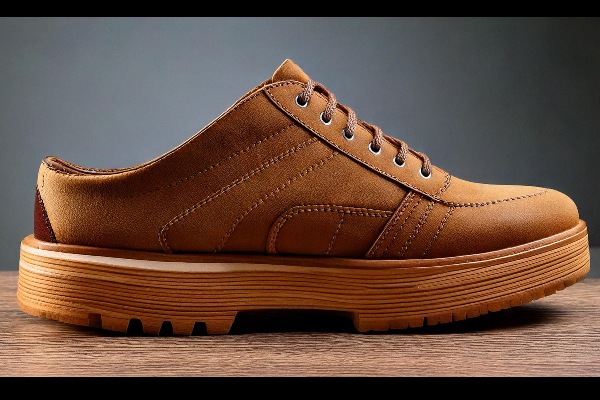
Drawback? Not so much in forgiving comfort, but with proper cushioning and secure styling, they can definitely create a fashion splash.
Non-Slip Soles
If your day involves slick surfaces—think chefs, nurses, or bartenders—you need non-slip soles. These soles usually feature treaded rubber with a specific grip pattern. Even for casual wear, they’re a lifesaver during rainy or icy weather.
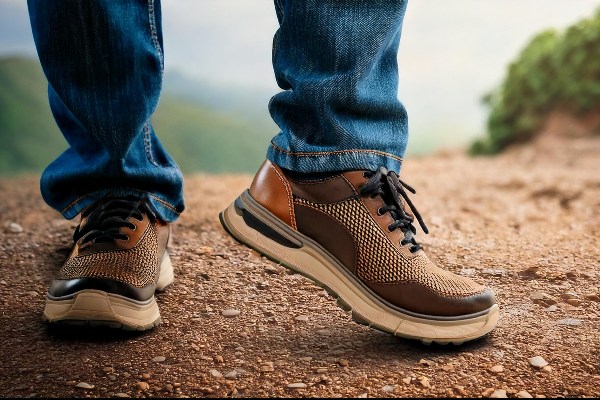
A fashion tip? Numerous fashionable boots and casual shoes now come with non-slip versions without sacrificing style.
Single Sole vs. Double Sole (In Simple Terms)
- An individual sole is delicate and provides a shoe with a clean, cutting-edge appearance. It’s great for dress suits and traditional dress shoes.
- The double sole is stronger and thicker. It provides extra support and endures longer, thus ideal for demanding everyday use or for outdoor types.
- One sole is thin and gives a clean, pointed look to the shoe.
- It’s ideal for traditional dress shoes and formal wear.
- A double sole is heavier and more robust. It provides further support and more durability, thus being excellent for rugged, everyday usage or outdoor fashion.
How Soles Are Attached to Shoes
How a sole is affixed is as vital as what it’s constructed from—particularly on well-crafted men’s leather shoes.
Blake Stitch vs. Goodyear Welt
- Joining the interior and exterior of the shoe by a single line of stitching, Blake Stitch is a type of construction. Despite its neat and chic appearance, it is not very water-resistant and is more challenging to fix when the sole wears out.
- To make the shoe stronger and more water-resistant, as well as to fix it, the Goodyear Welt construction applies more stitches and additional layers. It is a viable option for long-lasting and high-quality footwear.
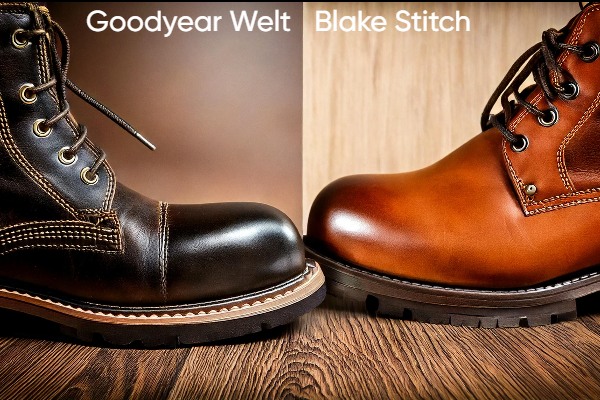
Blake Stitch and Goodyear Welt – the decisions depend upon the user’s needs, where one needs to select between endurance and functionality.
Comparison of the Shoe Sole Materials
| Material | Advantages | Disadvantages |
| Rubber Longevity | water-repellant | non-slip Heavy at times |
| Leather Sleek | breathable | Rapid wear down, slippery when wet |
| EVA Lightweight | shock-absorbing | May compress over time |
| Crepe Rubber Soft | unique texture | Poor in wet/oily conditions |
| Composite Customizable | performance-driven | It may compress over time |
Tired of repairs? Want to know how to resole boots or replace worn-down soles for your beloved Oxfords? An appointment with a skilled cobbler can give your shoes a longer lifespan and even completely change outsole type—exchanging leather for rubber or with a lug outsole for added traction.
Best Shoe Sole Materials for Every Lifestyle
Here’s a cheat sheet:
- For the office: Leather soles (or hybrids) on dress shoes or men’s leather loafers.
- For the commute: Rubber or EVA on dress shoes with sneaker soles.
- For travel: EVA or composite soles—lightweight, flexible, airport-friendly.
- For manual work: Lug rubber or non-slip soles—function over form.
- For fashion-forward looks: Wooden soles, shoes, or crepe soles.
Caring for Your Shoe Soles
A shoe will be only as good as how it is maintained. Whether using refined leather soles, absorbent crepe, or aggressive rubber, adequate maintenance can ensure that your soles will go twice as far.
This is how to do it:
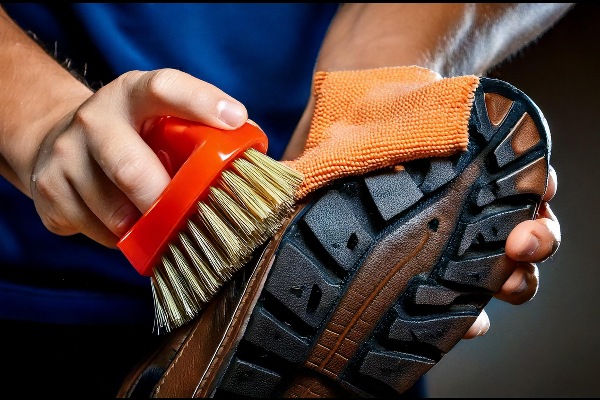
- Clean often, particularly with crepe soles, which hold dust easily.
- Waterproof efficiently: Preserve leather soles with a waterproof spray, and steer clear of puddles whenever possible.
- Inspect your tread: When your grip starts to go, it’s time to consider how to resole boots or shoes.
- Store with care: Use shoe trees and avoid damp environments.
- Rotate shoes: Give your soles time to breathe and recover.
And yes, going to a local cobbler is not merely old-fashioned magic—it’s living green. Learning to resole your boots or fix your brogues will save you money and reduce waste.
FAQs
Rubber soles are more durable, slip-resistant, and better for everyday use, especially in wet or rough conditions. Leather soles, on the other hand, are more breathable and stylish—perfect for formal settings like offices or events. So, if you need function, go for rubber; if you’re dressing up, leather is your friend.
Both EVA and PU are types of foam used in soles, but they serve different purposes:
– EVA (Ethylene Vinyl Acetate) is lightweight, flexible, and great for shock absorption—ideal for running shoes or travel.
– PU (Polyurethane) is more durable and supportive, often used in work or safety footwear where extra toughness is needed.
Leather soles need a bit of TLC. Here’s how:
– Avoid walking on wet surfaces—leather doesn’t love water.
– Use a sole protector or rubber cover if you’re wearing them often.
– Let your shoes rest between wears and store them with shoe trees.
– Take them to a cobbler regularly to check for wear and resole when needed.
For hiking, you want lug soles—those thick, rubber soles with deep patterns. They provide grip, support, and stability on all kinds of terrain. Look for soles with good tread and non-slip features to keep you safe on the trail.
Wrapping Up
We get hung up on laces, leathers, and logos—but the true luxury is hidden beneath. The proper sole can affect not only your appearance but your overall experience.
Whether you’re splurging on men’s leather shoes with Goodyear welts, going sleek in dress shoes with sneakers soles, or playing it safe with EVA soles, knowing about the kinds of shoe soles will assist you in making wiser, longer-lasting fashion choices.
Next time you’re shopping for dress shoes, boots, or sneakers—flip them over. Ask: Is this the right sole for me? Is it functional? Durable? Stylish? Because now you know: every great outfit starts from the ground up.

